GE S420PUAAH1A
The GE S420PUAAH1A is a protective relay or control module from General Electric (GE), potentially part of the Multilin or Mark series for industrial protection and automation systems.
Key Features & Specifications
1. Product Type:
- Protective Relay (e.g., for motor/generator protection, feeder management, or grid automation).
- Control Module (possibly within GE’s Mark VIe or Multilin platform for industrial applications).
2. Model Number Breakdown:
- S420: Likely denotes the series (e.g., Multilin 420 or a Mark VIe variant).
- PUA: Possible interpretations:
- P = Protection functions (e.g., overcurrent, voltage monitoring).
- U = Communication interface (e.g., USB, Ethernet).
- A = Amperage rating or auxiliary features.
- AH1A: May indicate:
- A = Advanced capabilities (e.g., arc flash detection).
- H1 = Hardware version or voltage class (e.g., 120V AC/DC).
- A = Compliance certifications (UL, CE).
3. Typical Functions (If a Relay):
- Overcurrent/undervoltage protection.
- Motor/generator fault diagnostics.
- Communication protocols: Modbus, Ethernet, or IEC 61850.
- Real-time monitoring and self-testing.
4. Estimated Technical Specifications:
- Input Voltage: 24V DC or 100-240V AC.
- Operating Temperature: -20°C to +60°C (industrial-grade).
- Mounting: DIN rail or panel-mounted.
- Certifications: UL, IEC, IEEE (if applicable).
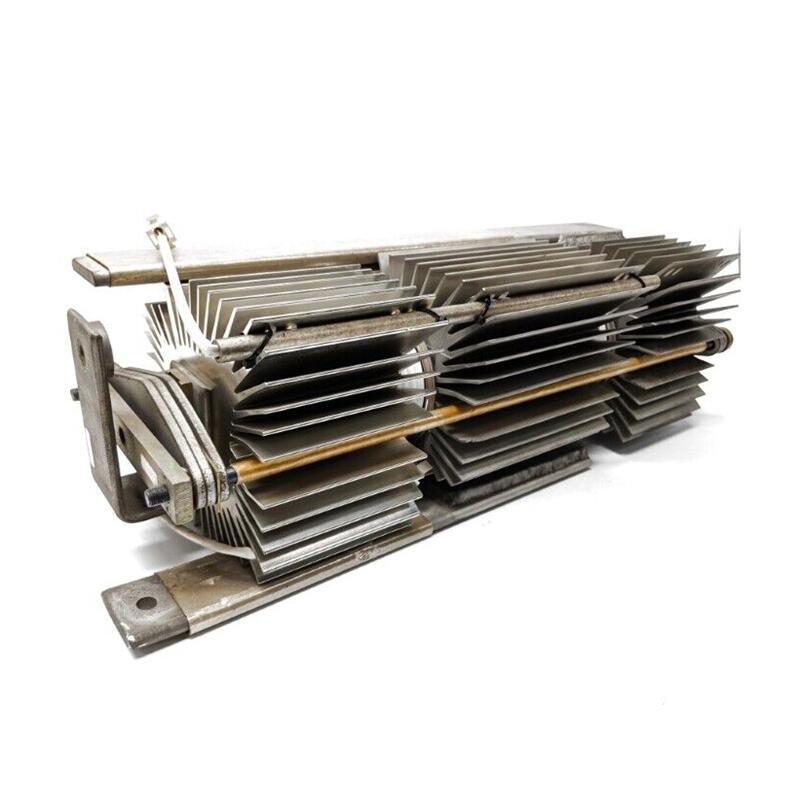
First hand source, affordable price. Spot inventory!
•Shipping Port: Xiamen
•Ship to you via Fedex/DHL/TNT/UPS/EMS
•Package: Original packing with cartons
GE Hot Selling models
| GE 281B7946G1301 | GE DS3800HPBC1A1B |
| GE DS3800DGTA1C1D | GE DS200TCQCG1AJD |
| GE DS3800DMPK1e1d | GE IS200BCAAH1ABA |
| GE DS3800HCIC1E1E | GE DS3800NFDB1A1A |
| GE DS3800HMPK1J1H | GE IS200EMIOH1ACA |
| GE DS3800XTFP1E1C | GE IS200EMIOH1A |
| GE DS3800NB1F1B1A | GE IS200JPDHG1AAA |
| GE DS3800HPIB | GE IS200JPDMG1AAA |
| GE DS3800DFXA1B1C | GE DS3800NPCM1B1B |

What is a DCS?
A Distributed Control System (DCS) is a sophisticated, computer-based control system designed to automate, monitor, and manage complex industrial processes. It is widely used in large-scale industrial facilities such as refineries, power plants, chemical plants, and paper mills, where precision, reliability, and scalability are critical.
How Does a DCS Work?
A DCS is composed of several interconnected components that work seamlessly to ensure efficient process control. Here’s a breakdown of its key elements:
- Controllers:
These are the “brains” of the system. Controllers receive data from sensors, process it using pre-programmed logic, and send output signals to actuators to maintain optimal process conditions. - Sensors:
Sensors act as the “eyes and ears” of the system, measuring critical physical parameters such as temperature, pressure, flow rate, and level. This real-time data is essential for accurate control. - Actuators:
Actuators are the “muscles” of the system. They execute physical actions based on controller commands, such as opening/closing valves, starting/stopping motors, or adjusting dampers. - Operator Stations:
These serve as the human-machine interface (HMI), allowing operators to monitor the process, adjust setpoints, and troubleshoot issues. Modern DCS systems often feature intuitive graphical interfaces for ease of use. - Communication Network:
The backbone of the DCS, this network connects all components, enabling seamless data exchange and coordination. It ensures that every part of the system works in harmony, even across large industrial sites.
Why is a DCS Important?
- Centralized Control with Distributed Execution: A DCS allows for centralized monitoring while distributing control functions across multiple controllers, reducing the risk of system-wide failures.
- Scalability: It can easily expand to accommodate growing operational needs.
- Reliability: Redundant systems and fail-safes ensure continuous operation, even in critical environments.
- Efficiency: Optimizes processes, reduces waste, and improves overall productivity.
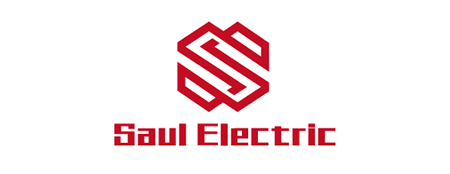

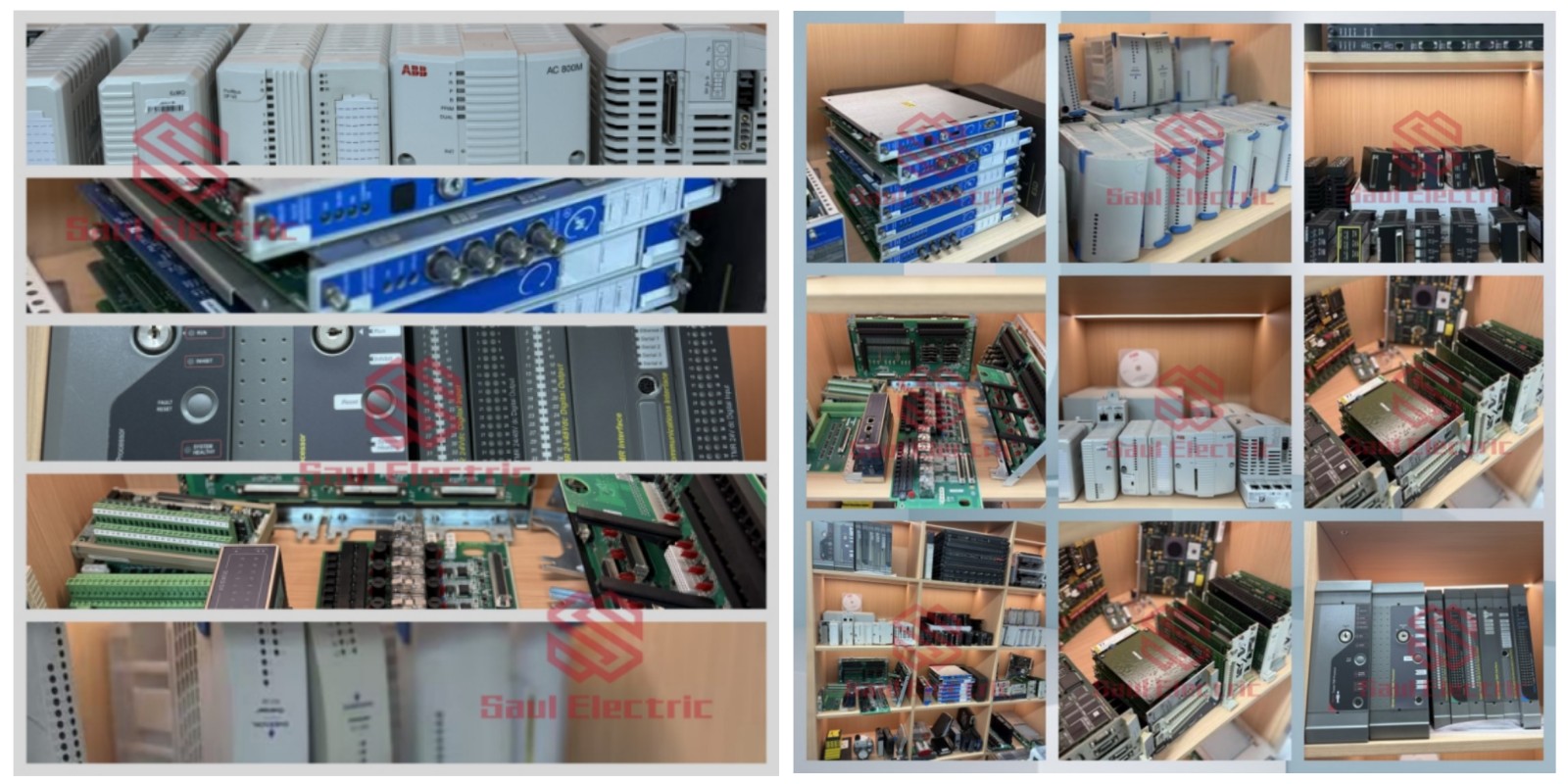

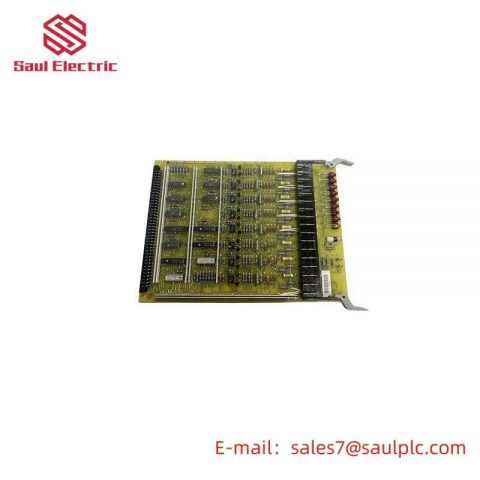
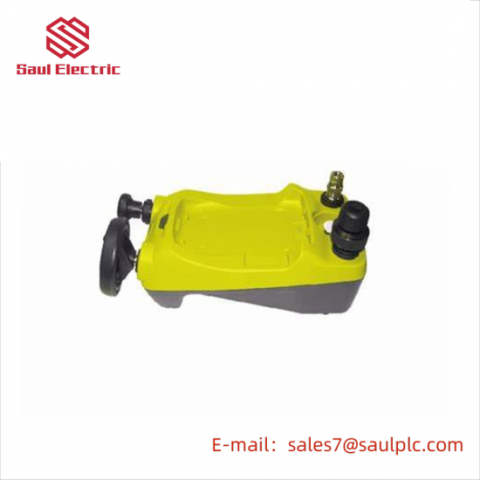
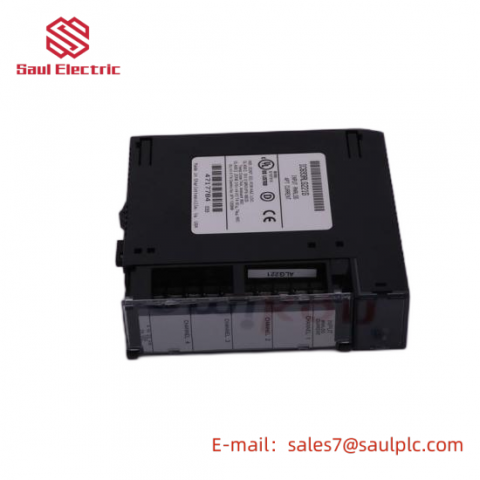

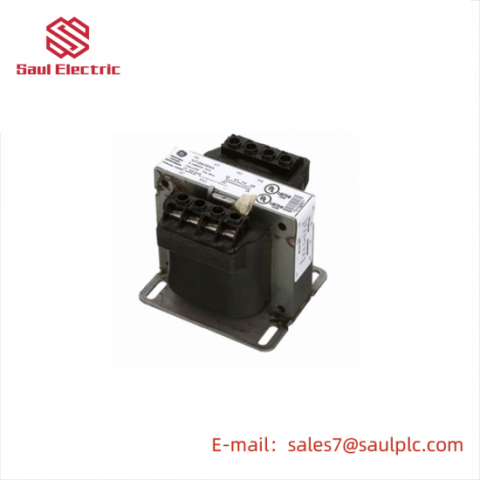
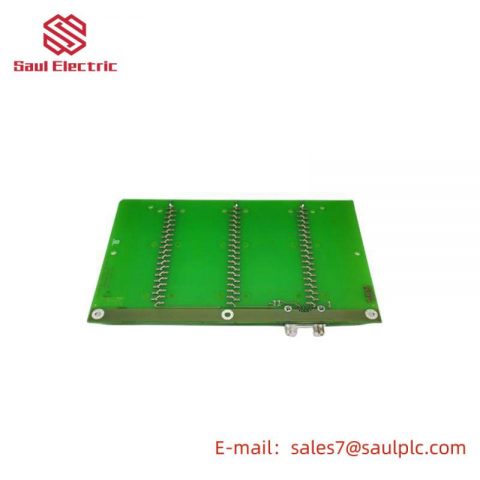
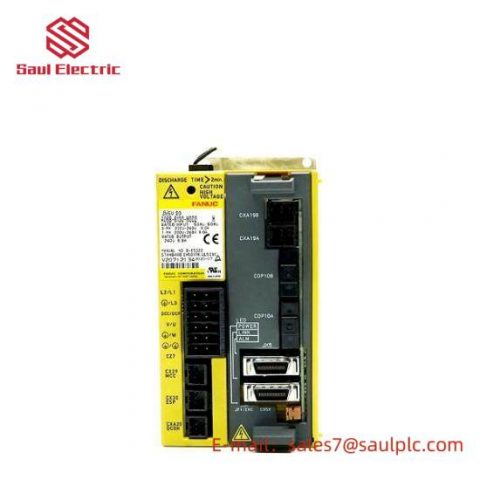
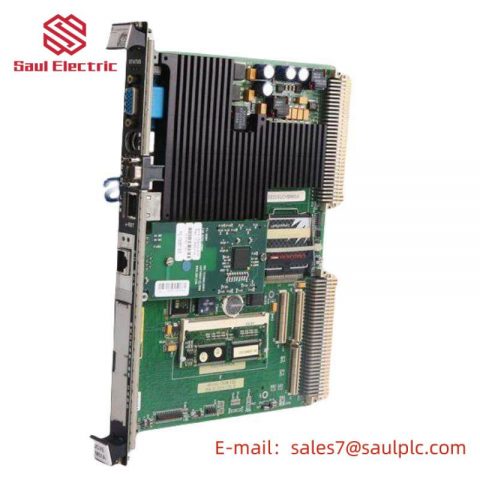
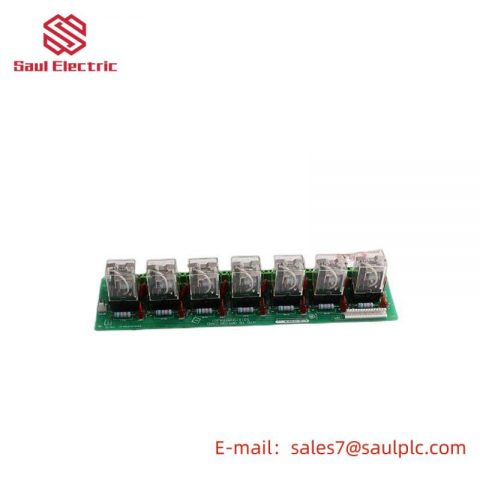
There are no reviews yet.